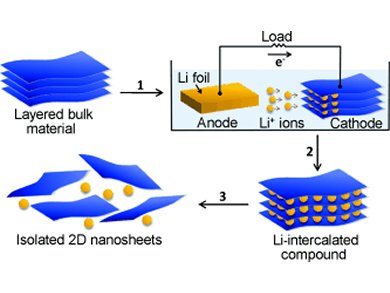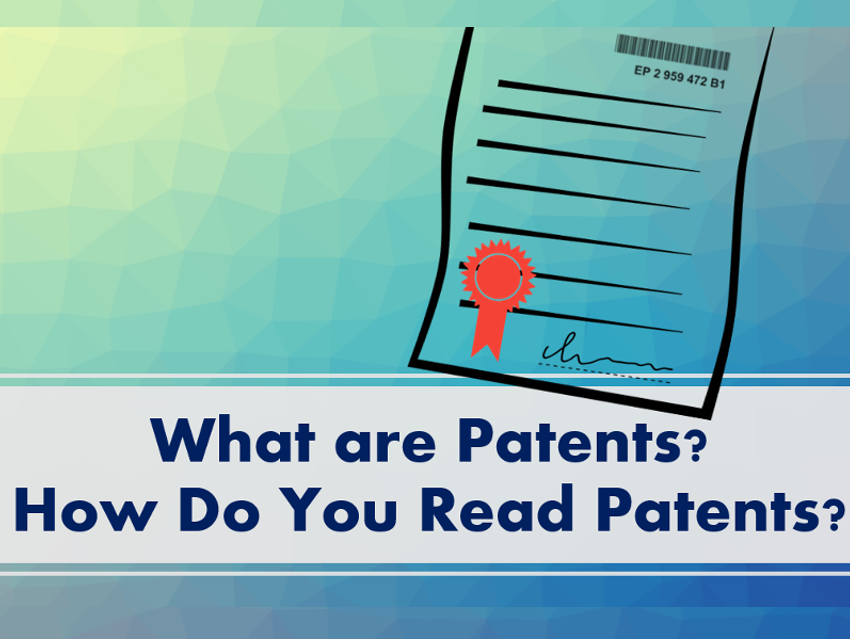C–H functionalization by aerobic copper-catalyzed oxidation is the topic of a Review by S. S. Stahl et al.: What are the current trends and what is known about the mechanism of these reactions? In a Minireview, C. Feldmann et al. discuss perspectives of ionic liquids in inorganic synthetic chemistry. The Highlights deal with catalytic asymmetric dichlorination (M. R. Monaco and M. Bella) and the selective crossed Tishchenko reaction for the synthesis of benzyl esters (W. I. Dzik and L. J. Gooßen).
In the Communications section, H. Zhang et al. report on the use of electrochemical lithiation for the production of 2D semiconducting nanomaterials from metal disulfide and graphene layers (see picture), from which they constructed a thin-film transistor for NO detection . N. Cramer et al. succeeded in the enantioselective Rh-catalyzed annulation of aromatic ketimines through directed C-H activation. P. G. Schultz et al. demonstrate how a chemical cocktail can be identified by high-throughput screening that promotes efficient human pluripotent cells (hECSs) differentiation into cardiomyocytes.
Image: © Wiley-VCH




